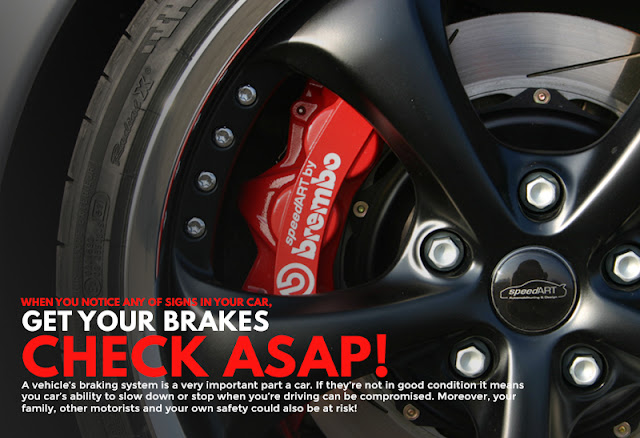Some car owners don’t give their manuals a second glance after getting their car. However, they may not realize how much they're missing out on all the things their manuals can help them out with. Don’t be one of those car owners have wasted time, money, and gotten all panicked and frustrated with a car issue when the answer to the problem is all written down on their manual. Take the time to get familiar with what your manual has to offer, and it can greatly enhance your driving experience and extend the life of your car.
1. How To Initially Set Up Your Car
Have you struggled with key-less entry, delayed lighting, and even sound system decibel thresholds the first time you tried to drive a car? Well, guess what, instructions on how to set those all up are all written in your owner’s manual.
2. How To Check Your Fluids
You may think that checking your fluids isn’t as complicated but you’d be surprised to know that some fluids should be checked hot while others give more accurate readings cold. Those things wouldn’t be so surprising if you gave your owner’s manual a little more time to read it because it’s all indicated in there.
3. Advice For Better Driving Practices
Yes, you already know how to drive but did you know that there’s an ideal way to drive your car that may or may not fit your way of driving? Your owner’s manual outlines the dos and don’ts in driving your car especially during that critical break-in period which is typically the first 1,000 miles of your car engine.
4. How To Troubleshoot Common Problems
Did you know that you don’t have to be an experienced and expert mechanic to solve some car problems? You can learn how to handle some of the basic ones just by reading your owner’s manual. This way you won’t feel like it’s the end of the world the next time you have a flat tire in the middle of the road or have to manually open an electric window because that manual can teach you that.
5. Access Technical Data Easily
Granted that you may be driving a car for its convenience alone and not because you’re a car enthusiast. However, that doesn’t mean you won’t encounter a situation where you’ll need technical information about your car. From your car’s dimensions for a paint job estimate to the size of your car’s engine can be found in your manual’s section for technical data. Knowing this information or even knowing where to find them can come in handy when something technical needs to be fixed on your car.
6. How To Achieve Ideal Tire Pressure
Over and under inflation seems to be a simple issue but a lot of car owners are still having trouble with it. Although the ideal tire pressure is indicated on the side of each tire, you can always find it in your owner’s manual along with step-by-step instructions on how to achieve it.
7. How To Clean And Protect Your Car’s Surfaces
Who doesn’t like a car that always looks brand new not just on the exterior but as well as the interior? But because some car owner’s don’t know how to clean and protect their car’s surfaces properly, their cars suffer premature wear and tear. What they don’t realize is that proper cleaning methods for their car’s particular material are outlined in their manual. It even states cleaning instructions for areas people don’t usually give second thought like side mirrors, windshield wiper blades, or chrome accents. If only car owners would read their manuals, they could have saved a lot of time, hassle, and money on car repair by being able to prevent it from the first place.
8. What Does This “Gizmo” Do
Since every car is different, you can’t automatically know what every knob and lever controls in your vehicle. Although you could start flipping switches or pressing buttons just to see what happens, you could accidentally do something you regret or can’t easily reverse. If you don’t know what function a particular switch has in your car, simply check your manual to be illuminated on the subject.
9. How To Decipher Warning Lights
Consulting your owner’s manual can save you a lot of frustration and worry. Not all icons on your dash are self-explanatory, so when an icon you’re not familiar with lights up it can easily send you in panic. Good thing your manual is well-versed with those icons, so that you can immediately tell if that warning light is worth a trip to the car repair shop or it’s something you can handle.
10. What Your Warranty Covers
When your mechanic gives you a list of everything that needs to be done to your car, it’s easy to just give the guy a go especially when you know nothing about cars, you don’t know the possible consequences of that and you’re afraid about car troubles happening while you’re on the road. It may seem reasonable but, you should know that not every part or issues in your car is covered by your warranty and just letting your mechanic touch everything may meaning voiding that warranty. You don’t want that, if you’re not sure which is or isn’t covered by warranty hold any repairs and consult your manual first.
ALSO READ:


